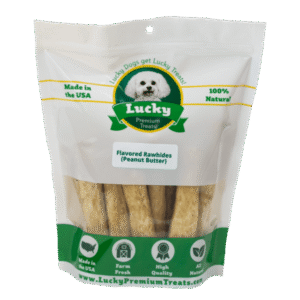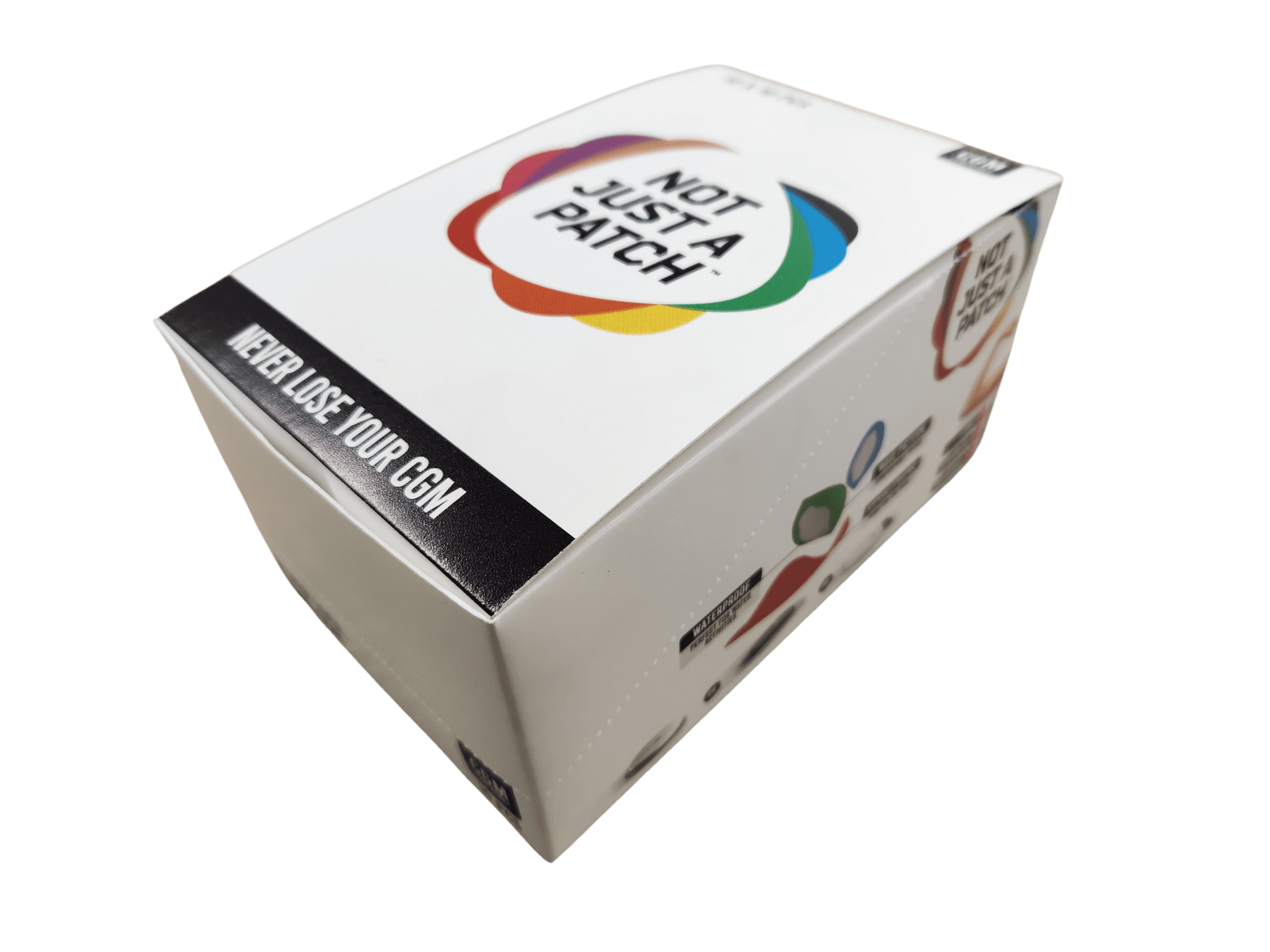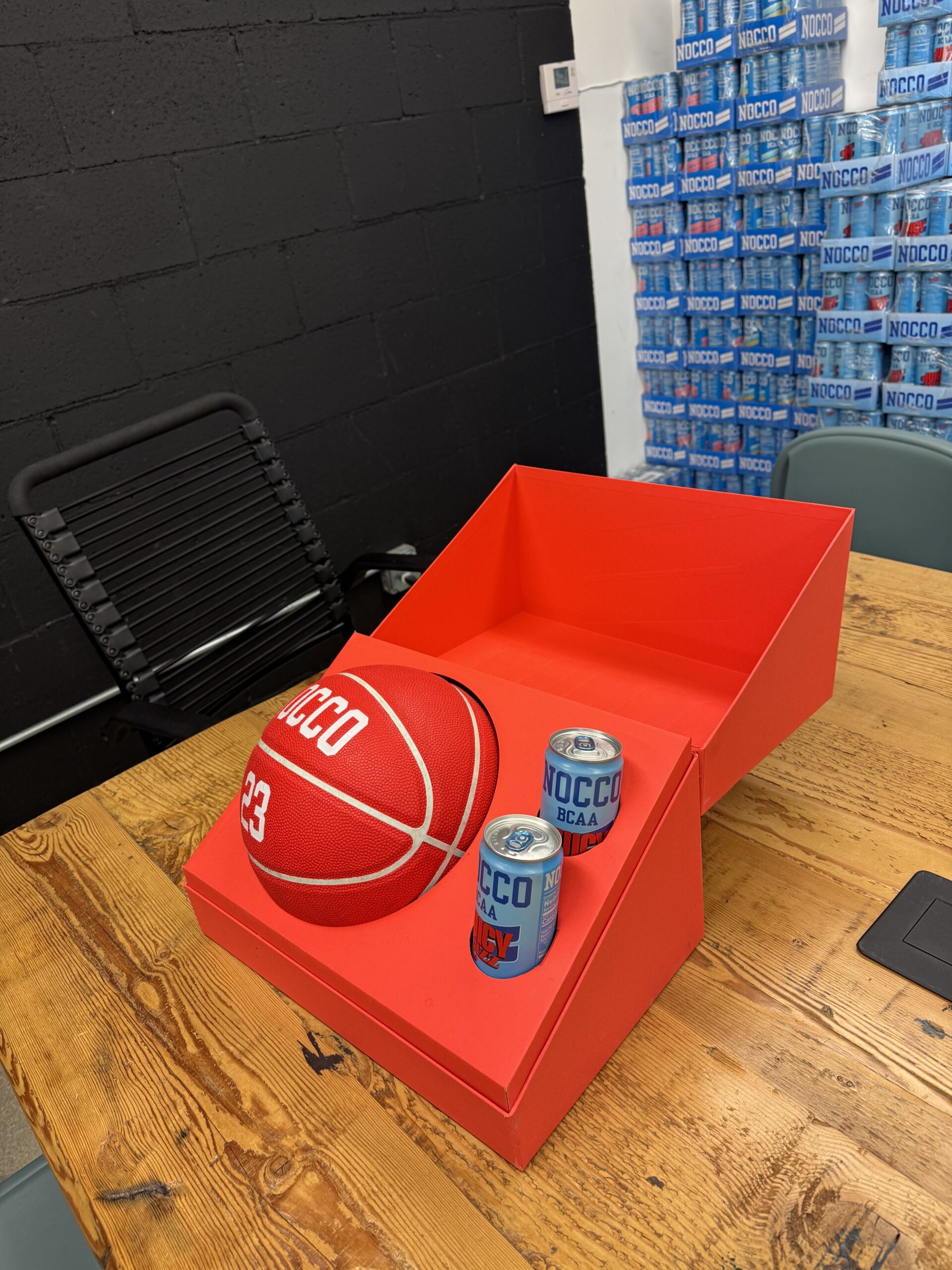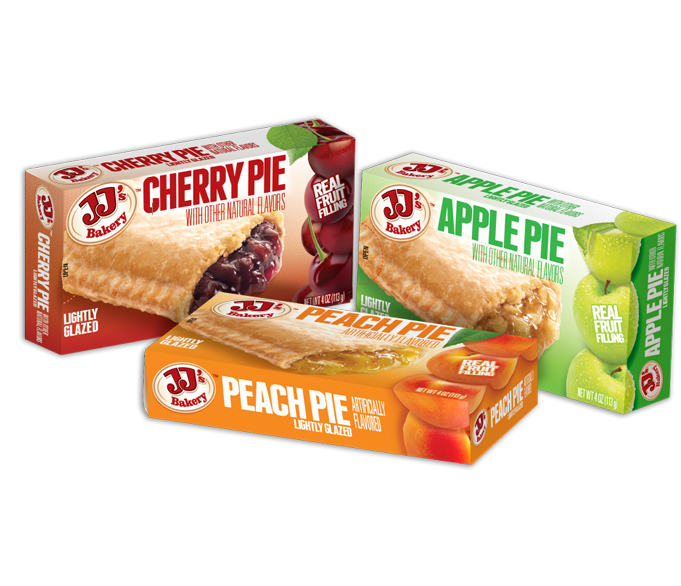Home » How Structural Packaging Design Can Save You Money
How Structural Packaging Design Can Save You Money

When most buyers think of packaging design, they picture logos, colors, and graphics—but what’s often overlooked is structural design: the way your box is shaped, assembled, and built to protect your product. While it might seem like a creative or aesthetic step, structural packaging design is one of the smartest ways to reduce overall costs—without cutting corners.
Here’s how working with a packaging expert on structure can help you improve efficiency, lower waste, and uncover savings you didn’t even know you were missing.
Right-Sizing Reduces Material Waste
One of the most common sources of excess cost is using packaging that’s too big for the product. Oversized boxes mean:
- Wasted material
- Higher shipping dimensional weight (DIM weight)
- More void fill or inner packaging required
A structural designer will analyze your product’s exact dimensions and create a custom-fit structure that reduces material use and minimizes empty space.
✅ Lower cost per unit
✅ Fewer packing materials needed
✅ Eco-friendlier and More efficient
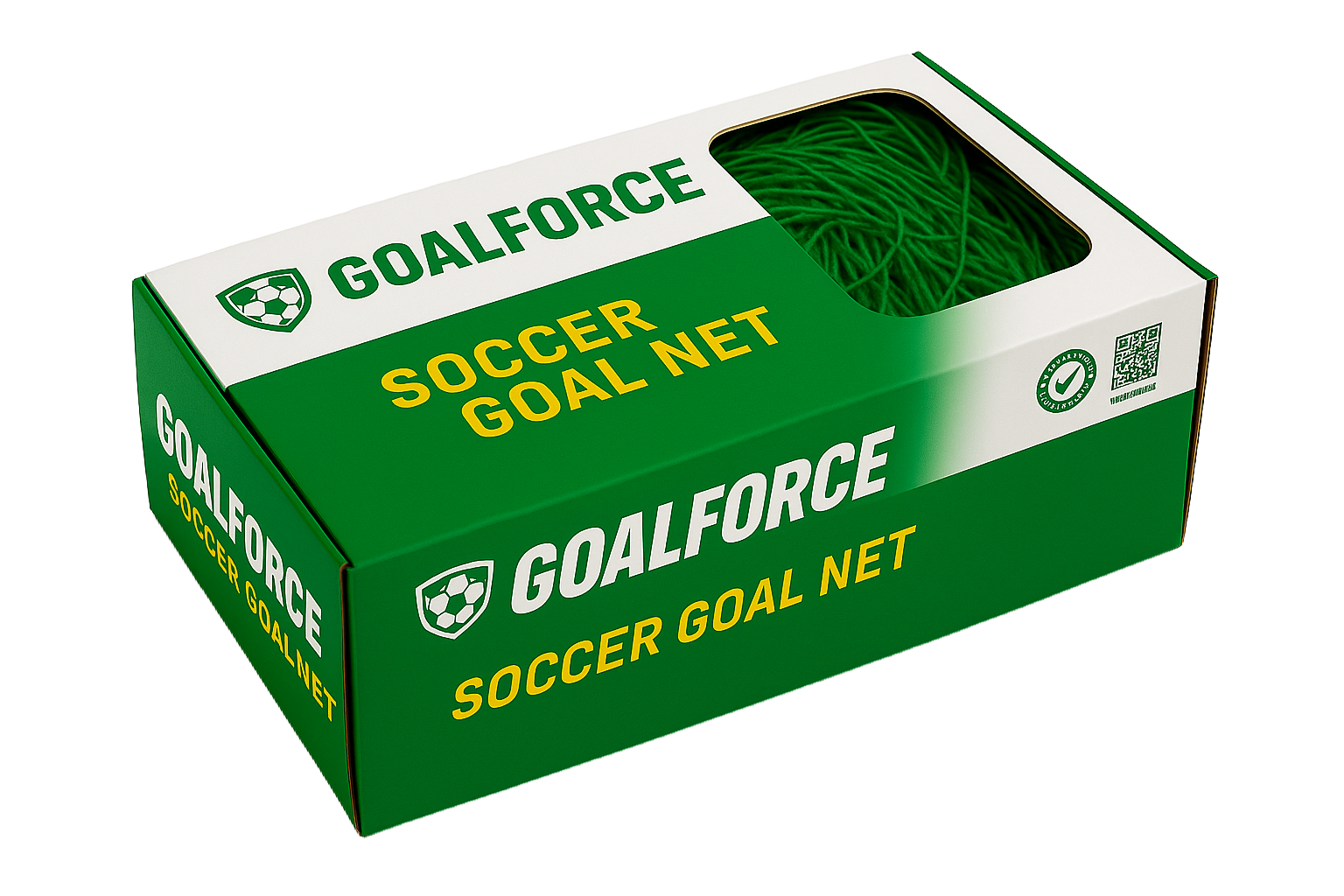
Smarter Structures Can Ship and Stack Better
Good packaging design doesn’t just fit the product—it also fits the pallet, the shipping box, and the retail shelf. A structural designer will optimize for:
- Pallet and shipping carton dimensions
- Nesting and stacking efficiency
- Improved cube utilization in transit
This can result in fewer pallets shipped, better trailer utilization, and ultimately lower freight costs—especially on large or frequent shipments.
✅ Reduces freight and warehousing expenses
✅ Maximizes every inch of space
✅ Less breakage or shifting during transit
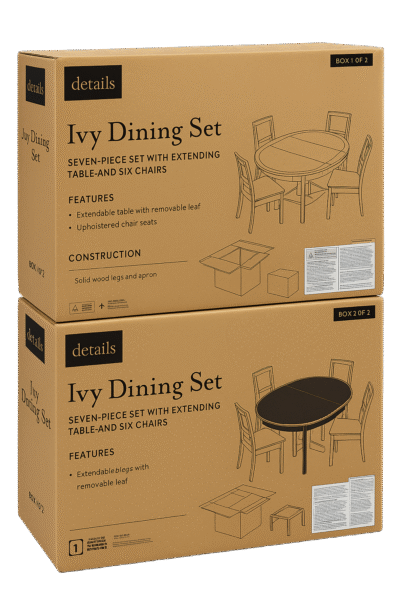
Eliminating Unnecessary Inserts or Features
You might be using inserts, partitions, or complex folds to keep your product safe when a simpler structural design could do the same job—better. Structural packaging design looks at how to:
- Build protection into the box
- Combine functions (e.g., branding + product separation)
- Remove excess without compromising product safety
Sometimes switching from foam inserts to chipboard, or replacing a magnetic rigid box with a strong tuck-end carton, delivers the same customer experience with half the cost.
✅ Less packaging complexity
✅ Fewer assembly steps
✅ Reduced material and production costs
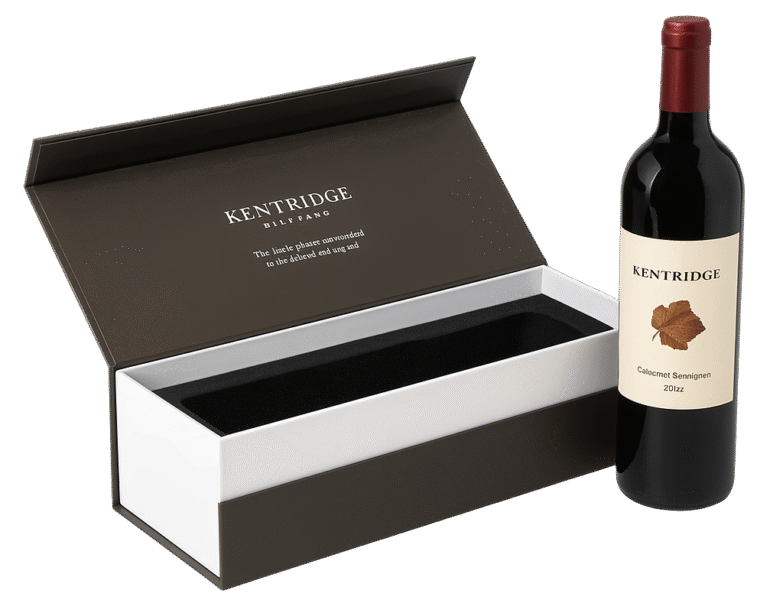
Reducing Labor with Easier Assembly
Every second spent assembling or filling your box adds to your cost. Structural designers can engineer packaging that:
- Pops into shape with minimal folding
- Arrives pre-glued or pre-assembled
- Speeds up fulfillment and packing lines
The savings on labor—especially at scale—can be significant, particularly for brands doing their own fulfillment or paying by the hour for co-packing services.
✅ Faster assembly times
✅ Lower labor costs
✅ Fewer bottlenecks in production
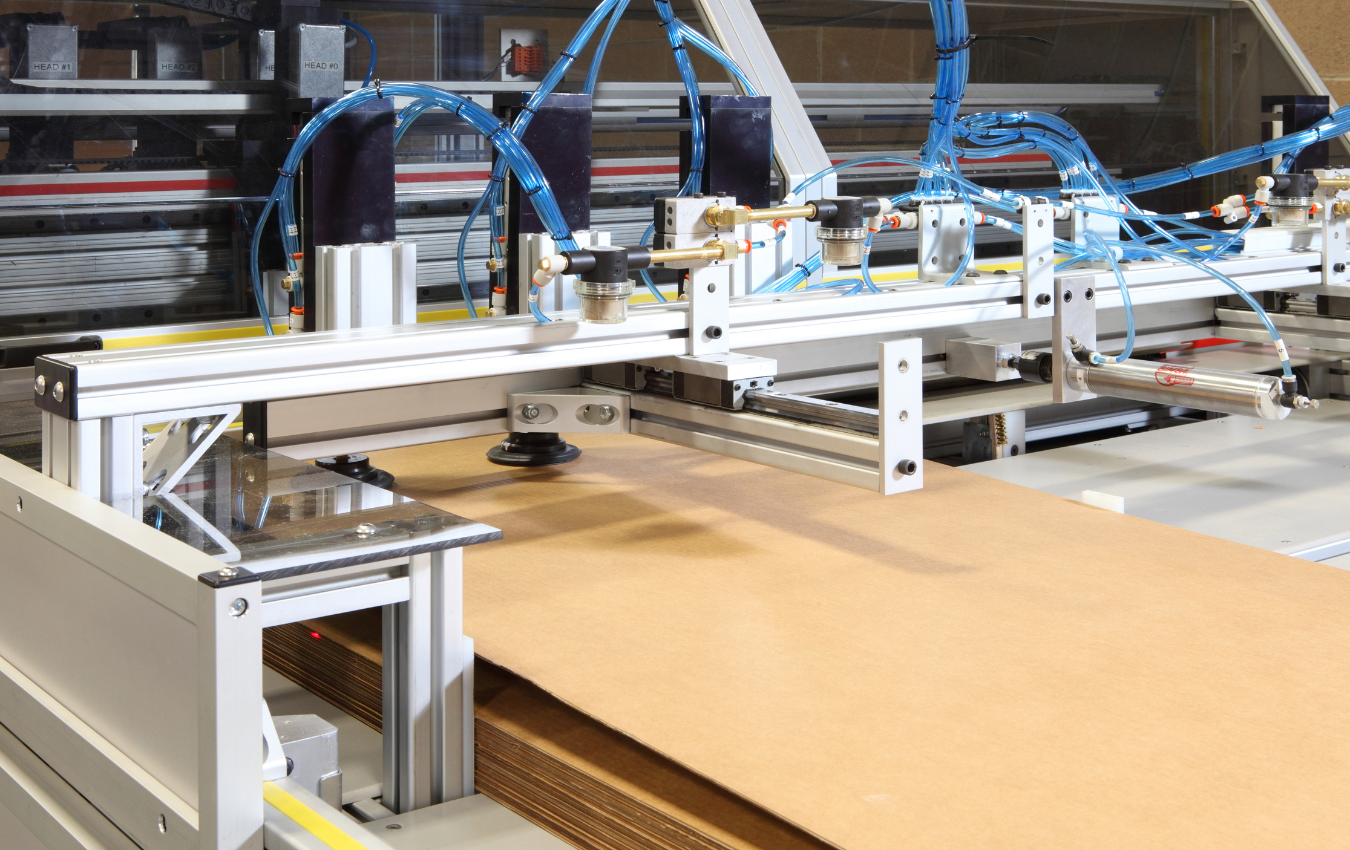
Improving Packaging Durability (Which Prevents Losses)
A well-designed structure doesn’t just look good—it protects better. If you’ve had issues with:
- Boxes collapsing in transit
- Product shifting inside
- Customer complaints due to damage
Then investing in a structurally sound design pays off fast. Preventing even a small percentage of returns or damaged shipments can result in thousands of dollars saved over time.
✅ Reduces product damage and returns
✅ Protects your reputation
✅ Cuts down on replacement and reshipping costs
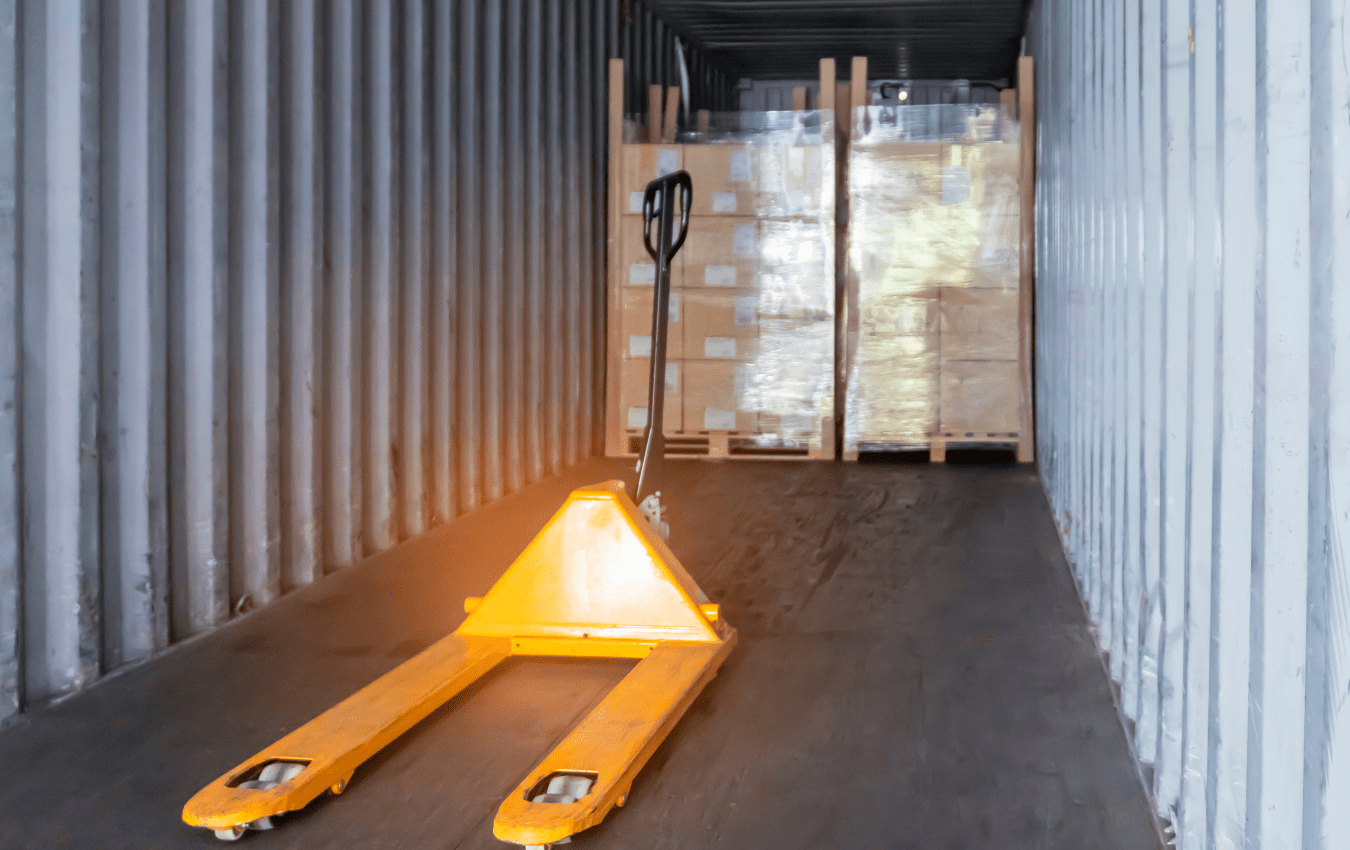
Structural Design Helps Avoid Retail Rejections
If your packaging doesn’t meet retail requirements—whether it’s shelf dimensions, stacking strength, or display visibility—it can lead to chargebacks, delays, or rejections. Structural packaging design ensures compliance with:
- Club store or retail chain display specs
- Structural strength tests (crush, drop, vibration)
- Shelf or tray requirements for in-store merchandising
✅ Avoids costly reprints or redesigns
✅ Streamlines vendor approval processes
✅ Ensures retail-readiness the first time around

Final Thoughts
Structural packaging design isn’t just about aesthetics—it’s one of the most practical, cost-saving investments you can make in your packaging strategy. From reducing material and shipping costs to improving assembly and protection, the right design pays for itself.
Not sure if your current packaging is working efficiently?
Let us review your structure, explore design improvements, and help you uncover real savings—without sacrificing quality or presentation.
With new tariff proposals and continued trade uncertainty, 2026 is shaping up to be another pivotal year for packaging sourcing strategy. Many companies that shifted production away from China in
Following multiple rounds of tariff changes and trade policy adjustments, 2026 marks a turning point for U.S. packaging buyers. Many who previously transitioned from China to domestic or nearshore suppliers
Shifting packaging production from China to the U.S. can help stabilize costs, reduce tariff exposure, and shorten lead times. But the transition process requires careful planning. For packaging buyers, the
RSC boxes are known for their efficiency and versatility, but their performance ultimately comes down to strength. Buyers often see numbers like ECT, BCT, and burst strength on specifications —
Home » How Structural Packaging Design Can Save You Money


